Ever heard of a ‘conker tournament’? We’ll give you a clue: it’s a British school tradition but it doesn’t originate from Hogwarts. A conker is otherwise known as Horse Chestnut, a mahogany-brown, smooth ball-like seed encased in a green spiky pod that falls from the tree, Aesculus hippocastanum . Rather than competing with conkers (seriously, look it up - it’s real), we prefer to use horse chestnut seed extract for the benefits it bestows on the skin.
Horse chestnuts shouldn’t be confused with the sweet chestnuts that you toast over the fire during the holidays - those edible chestnuts come from the Castanea sativa tree. Eating a whole horse chestnut might land you in the hospital due to their mild toxicity from constituents like glycosides and saponins (more on this later) - you might also need a visit to the dentist given how hard the seed would be to chew. Horse chestnut can actually be taken internally, but only with a calibrated dose from an extract and the right formula for delivery. It’s a classic example of the toxicology motto: the dosage makes the poison. Yet interestingly enough, horse chestnut seed extract renders very positive results for the skin when properly used in cosmetics.
Horse chestnut is from the soapberry plant family Sapindaceae, native to the Balkan region of Europe and western Asia. It was introduced to Europe in the late 1500s and in the 1700s to North America. In the 1800s, European doctors began prescribing an extract of horse chestnut seeds to treat varicose veins, hemorrhoids, nerve pain, and poor circulation. Particularly in Germany, horse chestnut extract has been the subject of considerable research for circulatory disorders since the 1960s. Today, it’s the third most popular herbal extract sold on the German market after Gingko and St. John’s wort.
Extracts from the family Sapindaceae contain saponins - the constituent mentioned above. It’s interesting to note once more that saponins have an entirely different effect on the skin than they do internally, as many ingredients do. The predominant saponin in horse chestnut is known as 'aescin' or ‘escin’, which has a gentle soapy feel and contains potent anti-inflammatory compounds. Topically, aescin blocks the release of enzymes that break down collagen and cause capillaries to leak fluid. It improves the elastic strength of veins, which can soothe varicose veins and significantly help with an overall reduction in inflammation and swelling on the areas applied. It is a fantastic ingredient for promoting healthy circulation.
A double-blind study of 70 people found that when horse chestnut gel, containing 2% aescin, was applied within 5 minutes of injury, it reduced tenderness, tendency to bruise, and swelling. A 2006 study from Japan tested 40 volunteers with a 3% horse chestnut extract gel formulation applied to the skin around the eyes, three times per day for nine weeks. Already after six weeks a remarkable decrease in wrinkles around the eyes was visible.
Aescin also plays an important part in protecting the levels of the hyaluronic acid in the skin by inhibiting the hyaluronidase enzyme that breaks down hyaluronic acid. Horse chestnut was specifically chosen for the Hydrating Accelerator and the Hydration Boost Concentrate for this synergistic boost effect with hyaluronic acid and hydration support.
Horse chestnut’s benefits for the skin do not stop at saponins - the seed extract contains a number of flavonoids (powerful antioxidants) such as quercetin, kaempferol, and rutin, that have demonstrated wound healing, anti-inflammatory, and anti-enzymatic properties. A study in 1999 claimed an extract of horse chestnut to have one of the highest ‘active-oxygen’ scavenging abilities of 65 different plant extracts tested for comparison - and all of the 65 extracts chosen were clinically more powerful antioxidants than vitamin E! Furthermore, a 1995 study in Japan tested horse chestnut’s antioxidant capabilities as free radical scavengers against L-ascorbic acid (vitamin c) and α-tocopherol (vitamin e). The results showed that horse chestnut extract was almost 20 times more effective at absorbing superoxide anions (a free radical) than L-ascorbic acid and had great success at dealing with other types of free radical oxygen scavengers too. Woah...
You might say that horse chestnut has ‘conkered’ the antioxidant, anti-inflammatory, and circulatory arena, and that is precisely why this undervalued ingredient was chosen for our formulas.
You can find horse chestnut seed extract in our:
Sources
Wilkinson JA, Brown AM. Horse Chestnut - Aesculus Hippocastanum: Potential Applications in Cosmetic Skin-care Products. Int J Cosmet Sci. 1999 Dec;21(6):437-47. doi: 10.1046/j.1467-2494.1999.234192.x. PMID: 18503457. https://pubmed.ncbi.nlm.nih.gov/18503457/
Facino RM, Carini M, Stefani R, Aldini G, Saibene L. Anti-elastase and anti-hyaluronidase activities of saponins and sapogenins from Hedera helix, Aesculus hippocastanum, and Ruscus aculeatus: factors contributing to their efficacy in the treatment of venous insufficiency. Arch Pharm (Weinheim). 1995 Oct;328(10):720-4. doi: 10.1002/ardp.19953281006. PMID: 8554461. https://pubmed.ncbi.nlm.nih.gov/8554461/
Fujimura T, Tsukahara K, Moriwaki S, Hotta M, Kitahara T, Takema Y. A horse chestnut extract, which induces contraction forces in fibroblasts, is a potent anti-aging ingredient. J Cosmet Sci. 2006 Sep-Oct;57(5):369-76. PMID: 17111071.https://pubmed.ncbi.nlm.nih.gov/17111071/
Masaki H, Sakaki S, Atsumi T, Sakurai H. Active-oxygen scavenging activity of plant extracts. Biol Pharm Bull. 1995 Jan;18(1):162-6. doi: 10.1248/bpb.18.162. PMID: 7735233. https://pubmed.ncbi.nlm.nih.gov/7735233/
Margină D, Olaru OT, Ilie M, Grădinaru D, GuȚu C, Voicu S, Dinischiotu A, Spandidos DA, Tsatsakis AM. Assessment of the potential health benefits of certain total extracts from Vitis vinifera, Aesculus hyppocastanum, and Curcuma longa. Exp Ther Med. 2015 Nov;10(5):1681-1688. doi: 10.3892/etm.2015.2724. Epub 2015 Sep 2. PMID: 26640536; PMCID: PMC4665218.https://pubmed.ncbi.nlm.nih.gov/26640536/ Chevallier, Andrew: Encyclopedia of Herbal Medicine: 550 Herbs and Remedies for Common Ailments. New York, NY, Penguin Random House, 2016.
Johnson, Rebecca L., Foster Tieraona Low Dog, Steven, and Kiefer, David: National Geographic Guide to Medicinal Herbs: the world’s most effective healing plants. Washington, D.C., National Geographic Society, 2010.
https://www.sciencedirect.com/science/article/pii/B9780128124918000424
http://www.bbc.com/earth/story/20151008-why-we-love-conkers-and-horse-chestnut-trees
https://plants.usda.gov/core/profile?symbol=AEHI
http://www.herbhedgerow.co.uk/chestnuts-uses-in-natural-beauty-skincare/#ixzz6cwjd8ZO4
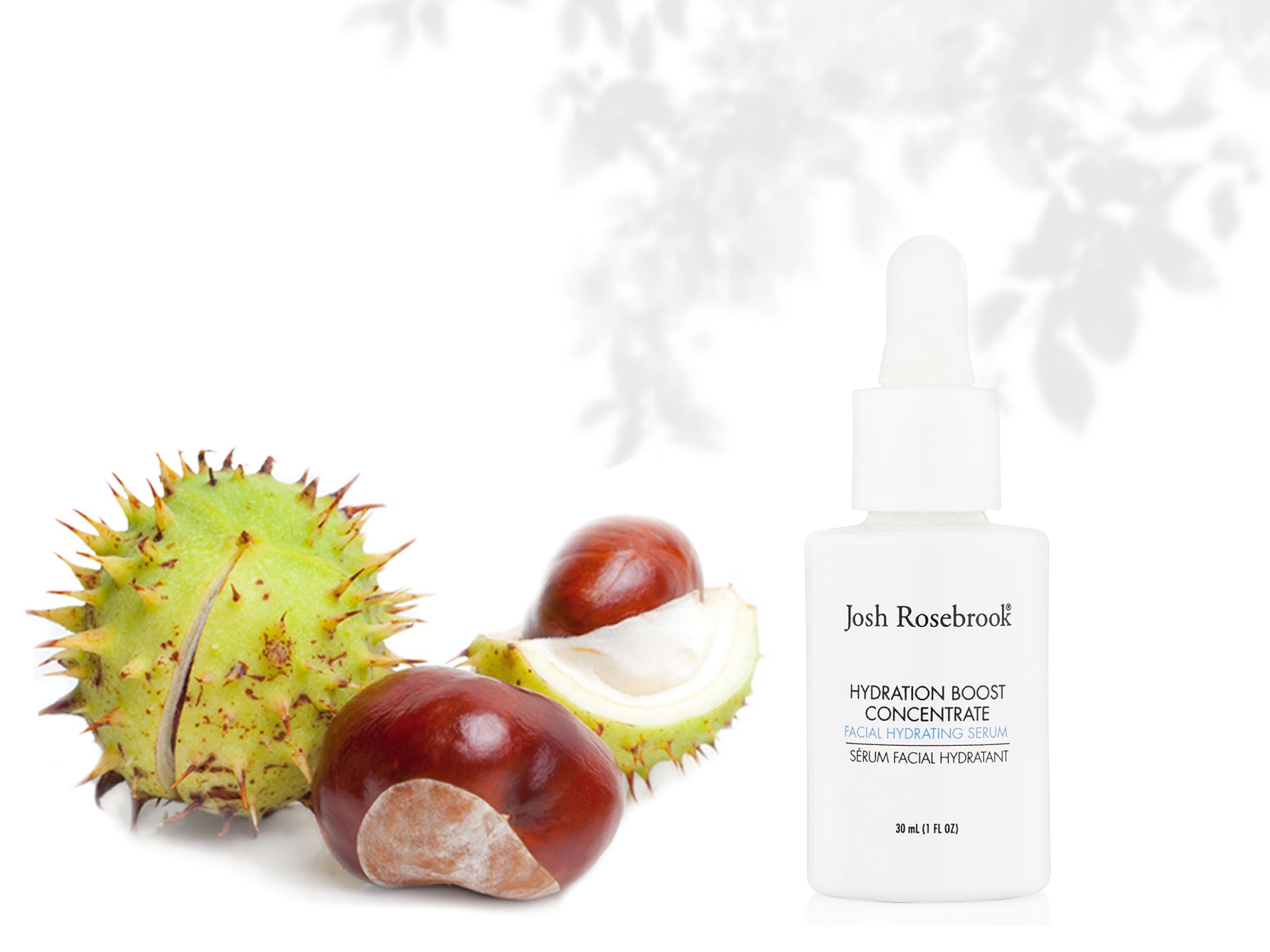




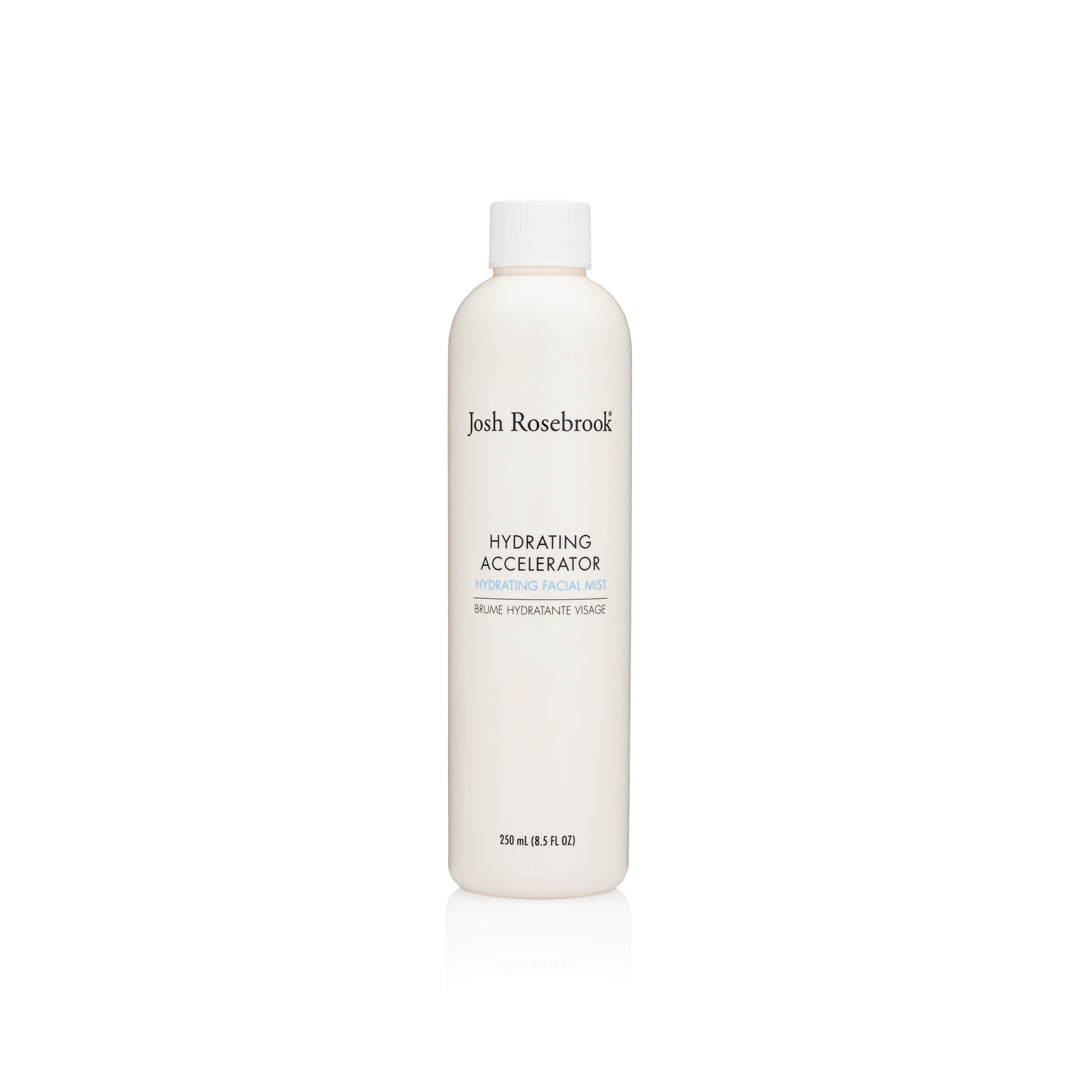
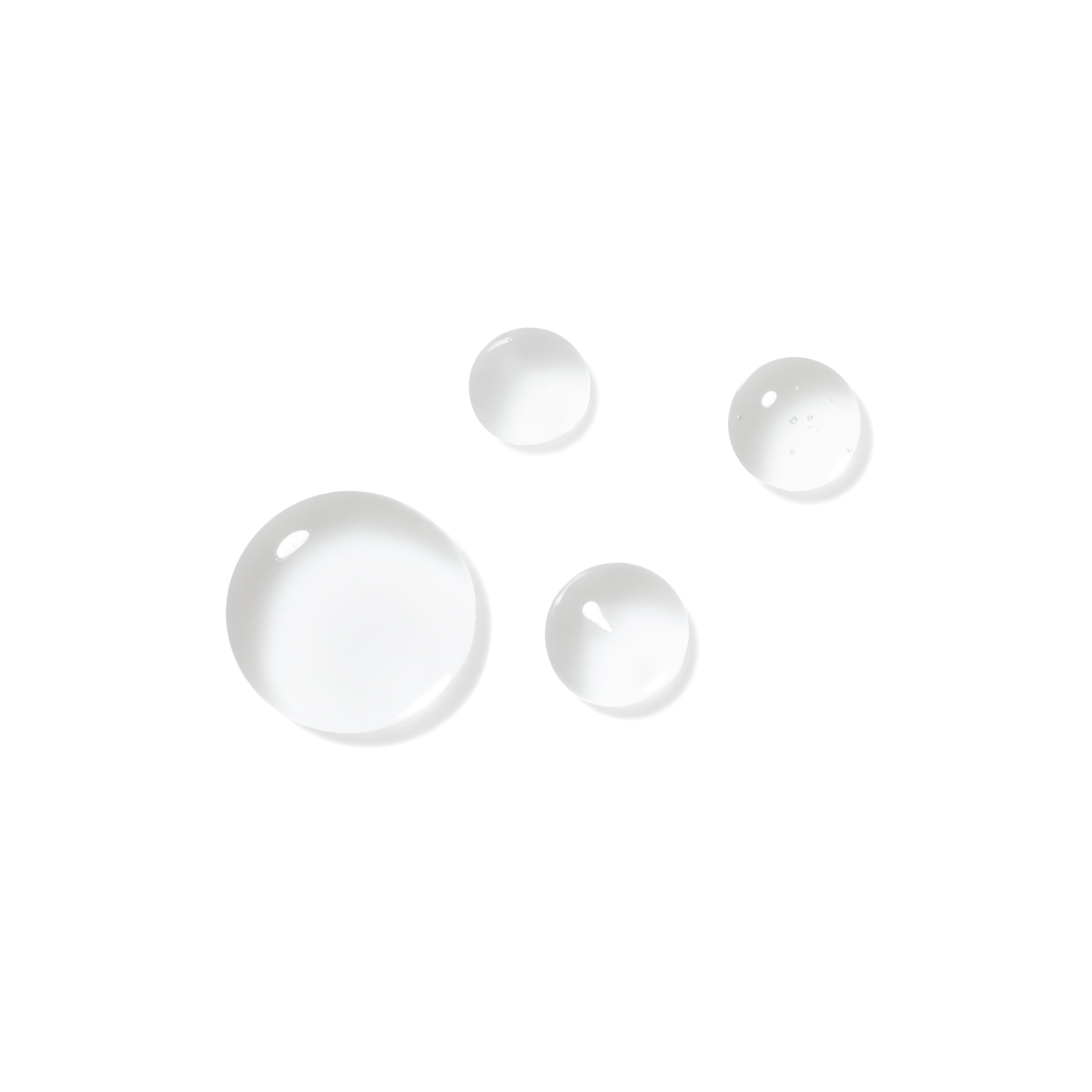
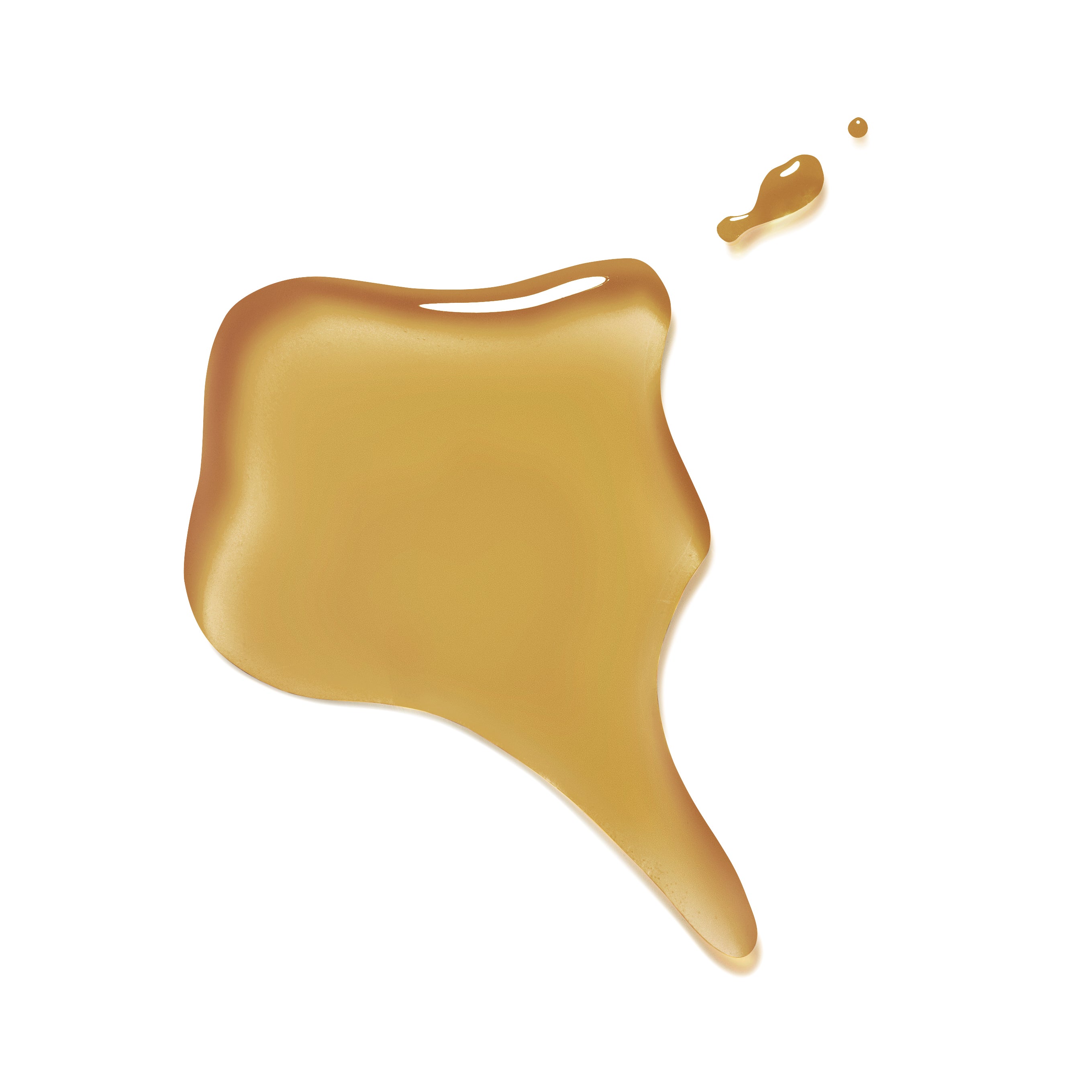


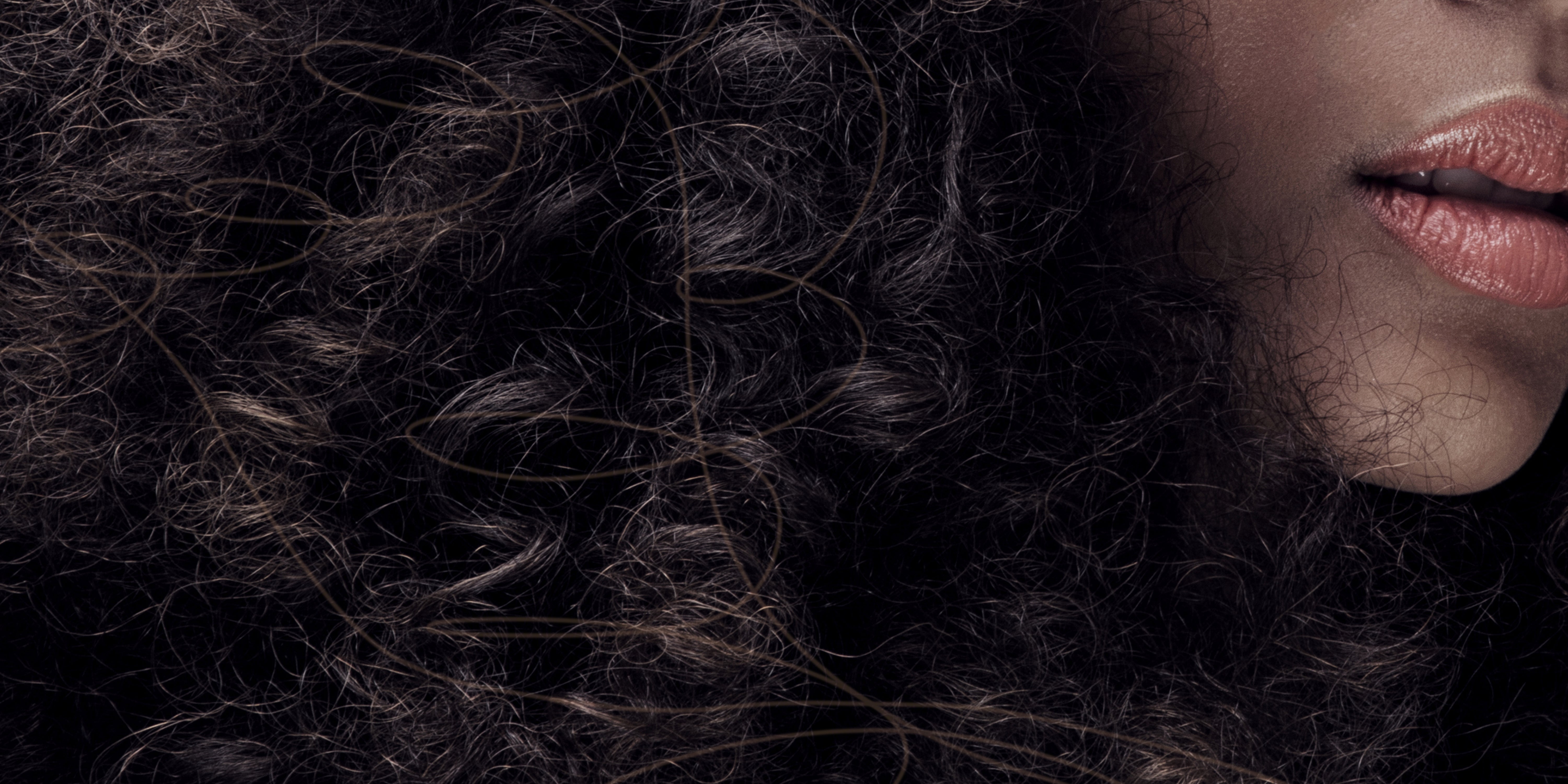

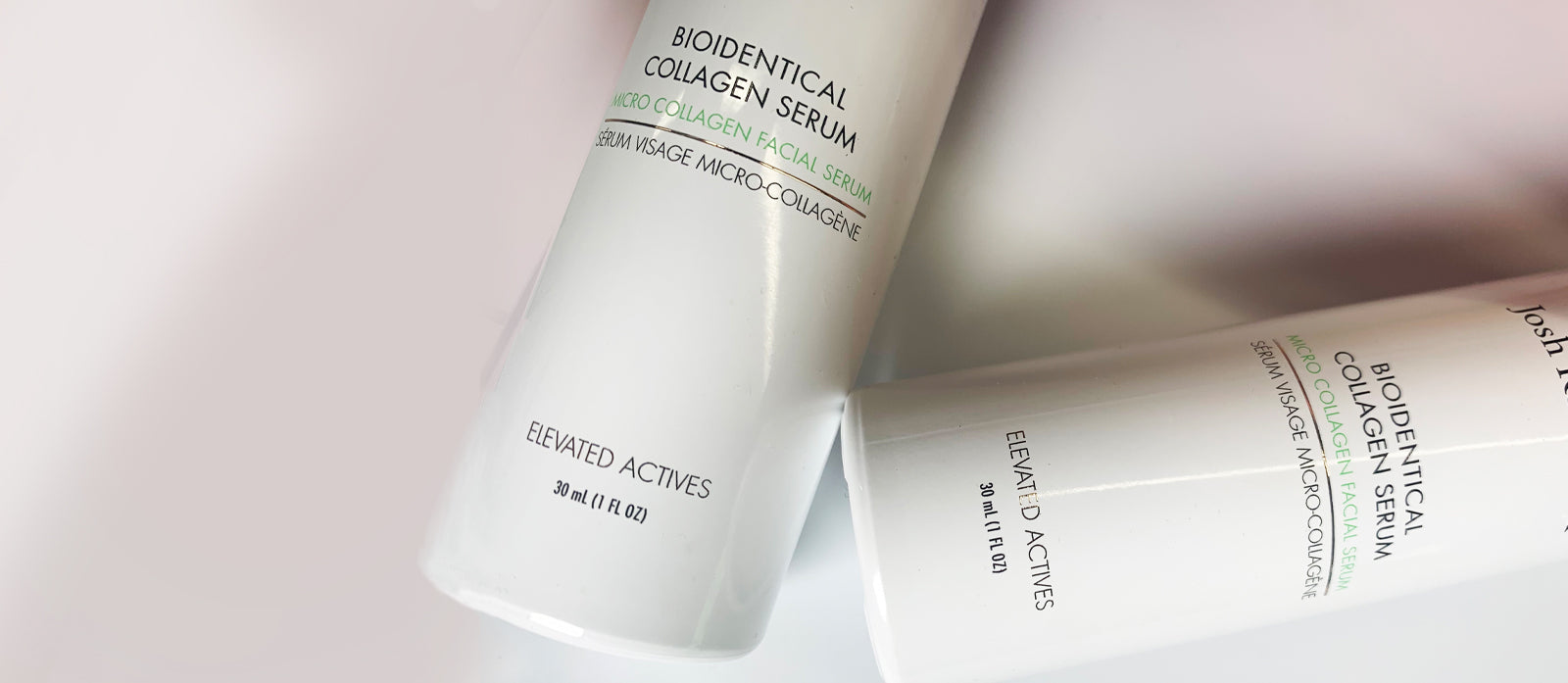
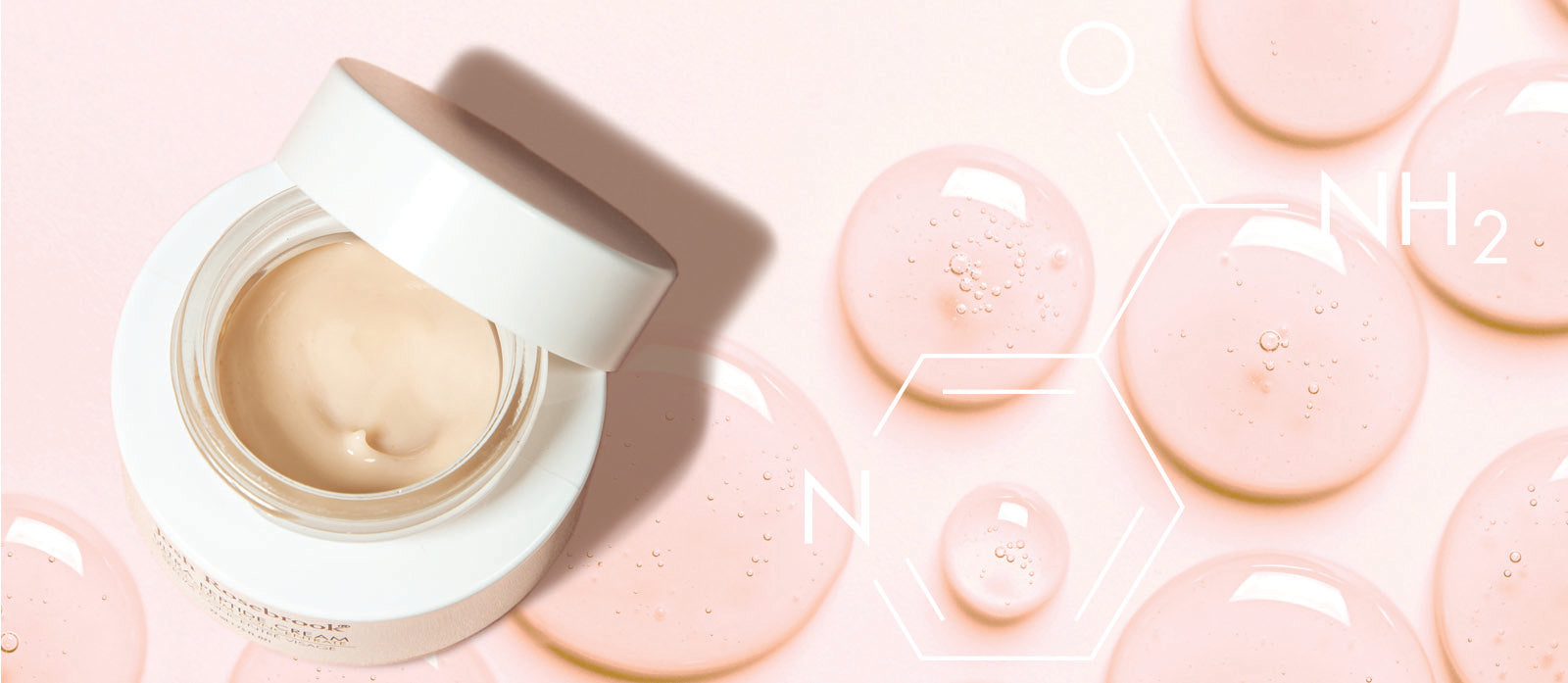

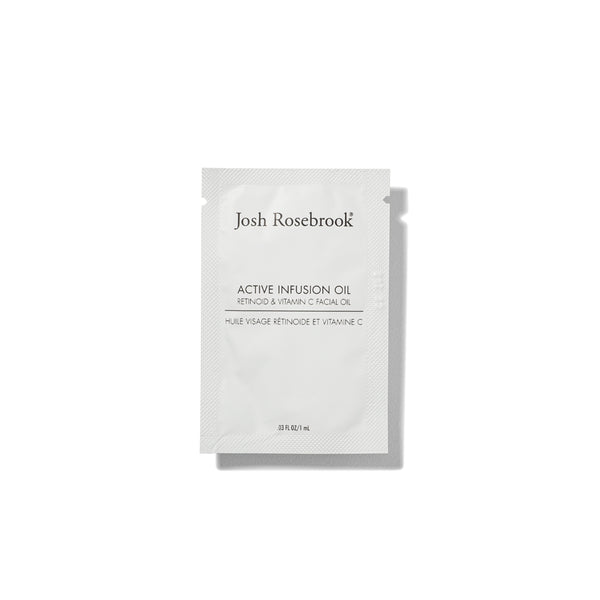
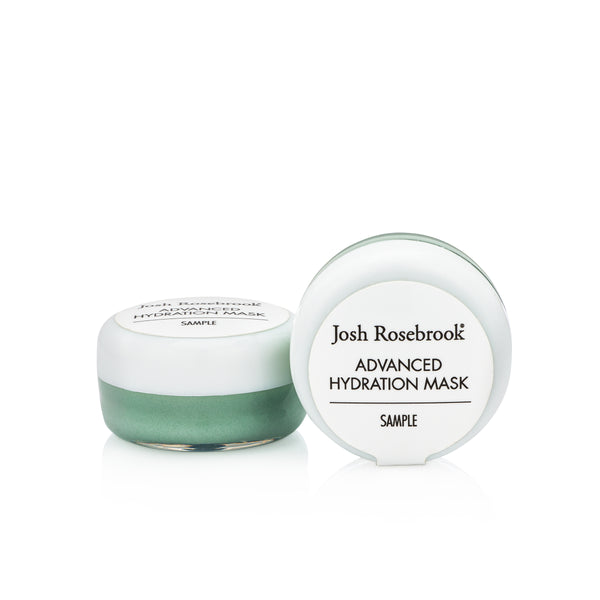

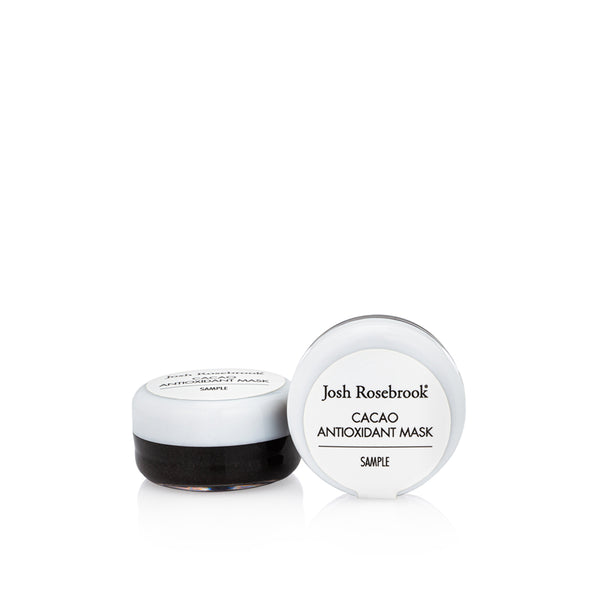

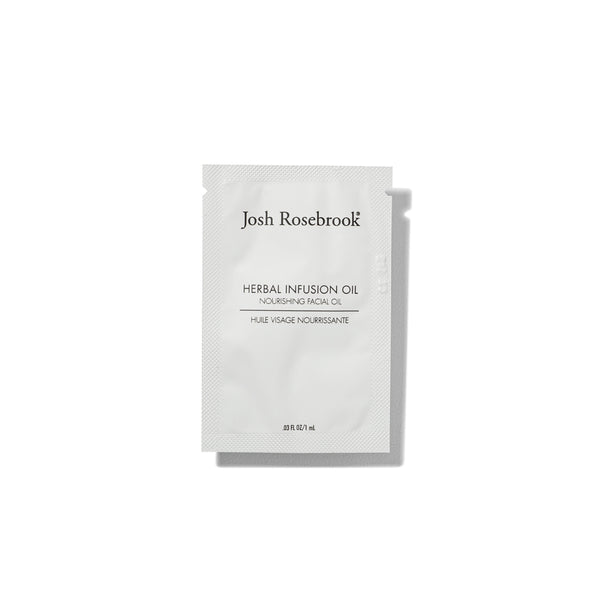
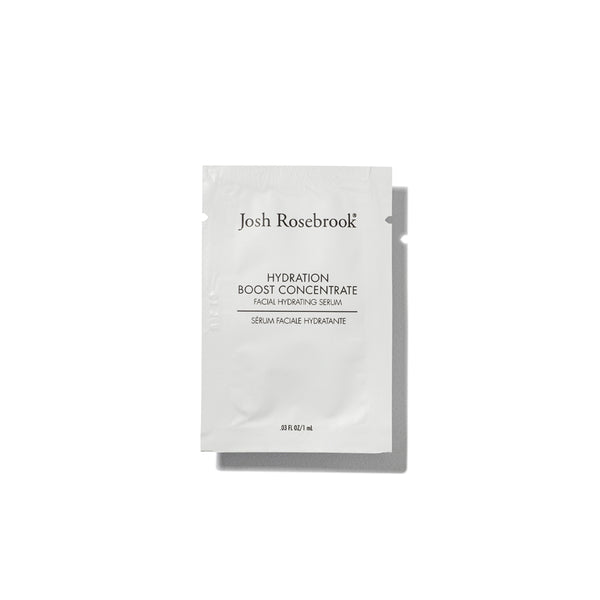
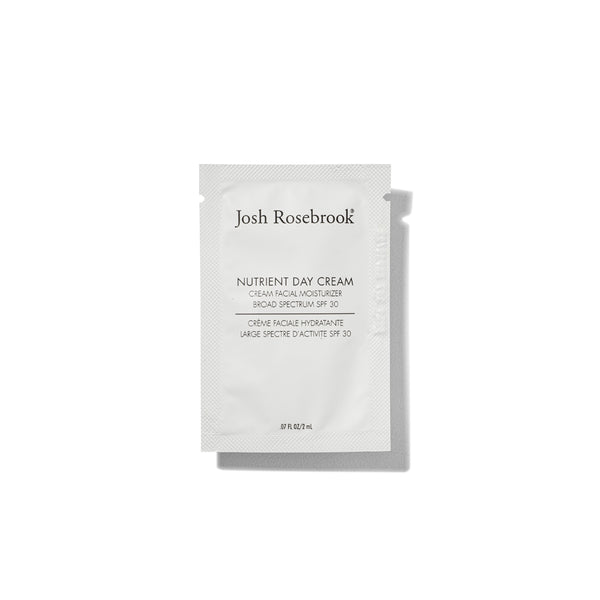
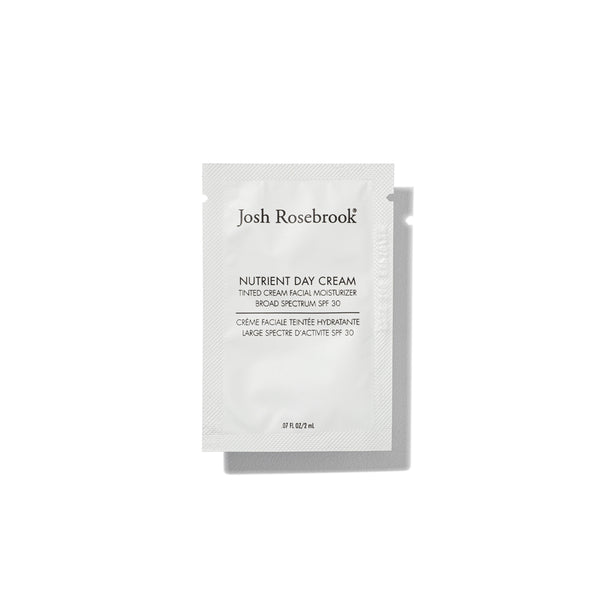


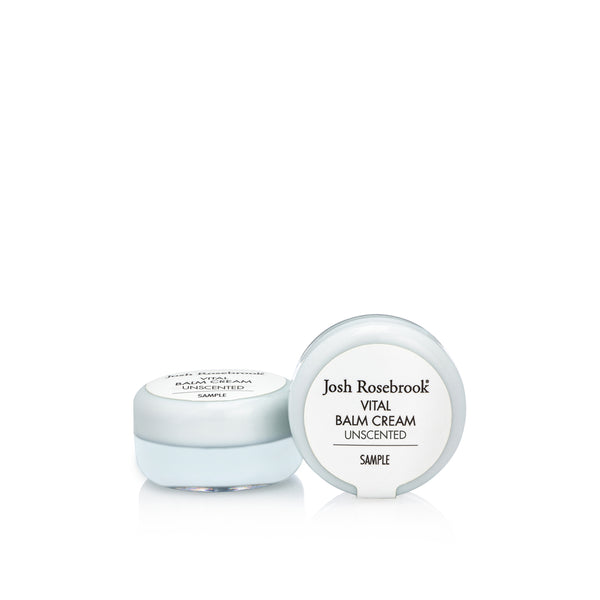
WRITTEN BY Josh Rosebrook